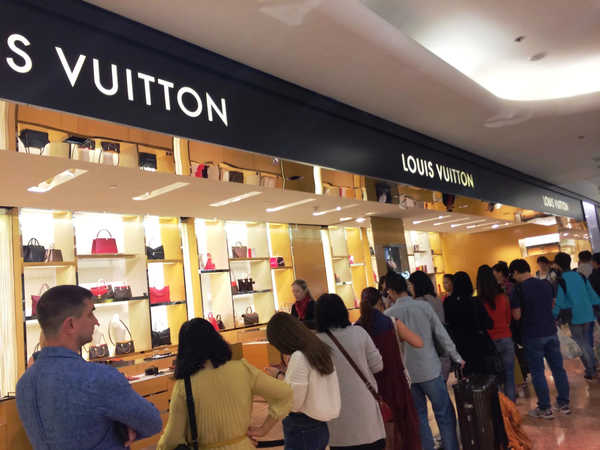In business, we refer trading up as increasing the number of features (and their associated benefits) of a product, improving its quality, or backing it with a superior level of service to justify a higher price. The opposite is trading down. It’s reducing the number of features (and their associated benefits) or the quality of a product to suit the selling price demanded by its customers. so would you prefer to pay more to buy a cup of starbucks coffe(trading up), or buy a cheaper one based on its price-performance ratio(trading down). Let’s take a look at how consumers in china tend to react.
The mainforce of consumption in china: the middle-class
The nominal GDP growth rate of the Chinese economy over the past 30 years exceeds that of any country in the world. It is one of the biggest miracles of the global economy in the past 100 years, and it also brings huge benefits for the middle-class.
According to the McKinsey report, the middle class in China is a population with an annual income of 11,500 to 43,000 U.S. dollars (corresponding to 75,000 to 280,000 RMB annual salary). This population has grown from 5 million in 2000 to 225 million today, and it is expected to increase to 275 million by 2020. This population figure will exceed the total population of Europe.
Although China’s population is aging, the middle class is still relatively young. Under the age of 35, most have received college education, 80% of them own one or more real estates, have only one child, and live in big cities.
Key feature of the middle class in china: freedom and independence
The middle class, as a highly educated group, increasingly seeks freedom and independence. They embrace Western culture and ideas. It’s quite common in china that the age of marriage is getting late and even the rate of divorce has increased dramatically. In the past, people liked to use “sheng nan” (means leftover males in English) to describe these single middle-class people. The fact is that with the improvement of education, it is normal for the entire population to delay marriage. Moreover,the high price of houses has become the biggest obstacles for young people to get married. More and more people devote their time and money to themselves, not like before when they were forced to get married in the past for the family.
A better quality of life and environment in China
China’s Engel coefficient fell sharply since 1985. That’s to say,most of chinese gradually entered a relatively comfortable middle class life. The young generation, who are born from 1990s to 2000s, grew up with a strong sense of consumption and without insecurity about money.
Instead of saving money, or paying much attention to price–performance ratio, the young generation prefer to pay for services and personalization. This will also have a deep impact on the future of the consumer goods market in China. First of all, brand concentration will certainly increase. Second, the personalized product is also a direction. In the end, there will be more demand for service-type goods, and also the classy package of goods will be important to show the personality and taste of its user.
Trading up is everywhere
Changes in comsumption trends brought about by changes in economic structure
The figure below shows the annual growth rate of different types of good from 2010 to 2015. Communication equipments have the biggest growth rate. With the arrival of the mobile Internet wave, smart phones have maintained an average annual growth rate of around 35%. Decoration materials come second with the average annual growth rate of 30%, followed by the furniture industry. At the same time, we can see that since the Internet media replaced traditional media, the slowest growth in the five years was the sales of traditional books and magazines.


 Trading up is the big trend in the future
Trading up is the big trend in the future
Whether trading up or trading down is related to macro-economy. China will probably become the country with the largest number of middle class in the world. Trading up is everywhere. Behind it it’s the benefits brought by rapid economic growth over the past 30 years.



